Main Takeaways:
- Place a comma beforewhich when which precedes a nonrestrictive clause.
- A nonrestrictive clause is a phrase that adds non-essential information to a sentence without changing the overall meaning.
- Don’t place a commabeforewhich when which is part of a prepositional phrase.
- Don’t use a commabefore which when it’s used to pose an indirect question.
- We use which with nonrestrictive clauses, while we use that with restrictive clauses.
- When used with a restrictive clause, you don’t need to put a commabeforethat.
- Restrictive clauses function as identifiers. Removing a restrictive clause from a sentence changes the sentence’s meaning.
Whether to use a comma before or afterwhich in a sentence is a dilemma that many people face when writing. This grammar guide will teach you when you should and shouldn’t place a comma before which.
When it comes to grammatical conundrums, commas are often the culprit. Thankfully, learning when to use a comma before and afterwhich is actually pretty easy when you follow several simple rules.
When Should You Use a Comma Before Which?
In this example, the phrase “which can be difficult to use correctly” is the nonrestrictive modifying clause. It modifies the noun comma, letting us know that commas can be challenging. Without it, however, the primary meaning of the sentence would remain intact.
In the example above, the sentence is correctly punctuated with a comma beforewhich. Another comma, placed after “correctly,” sets the phrase completely apart from the rest of the sentence. This is typical of nonrestrictive clauses.
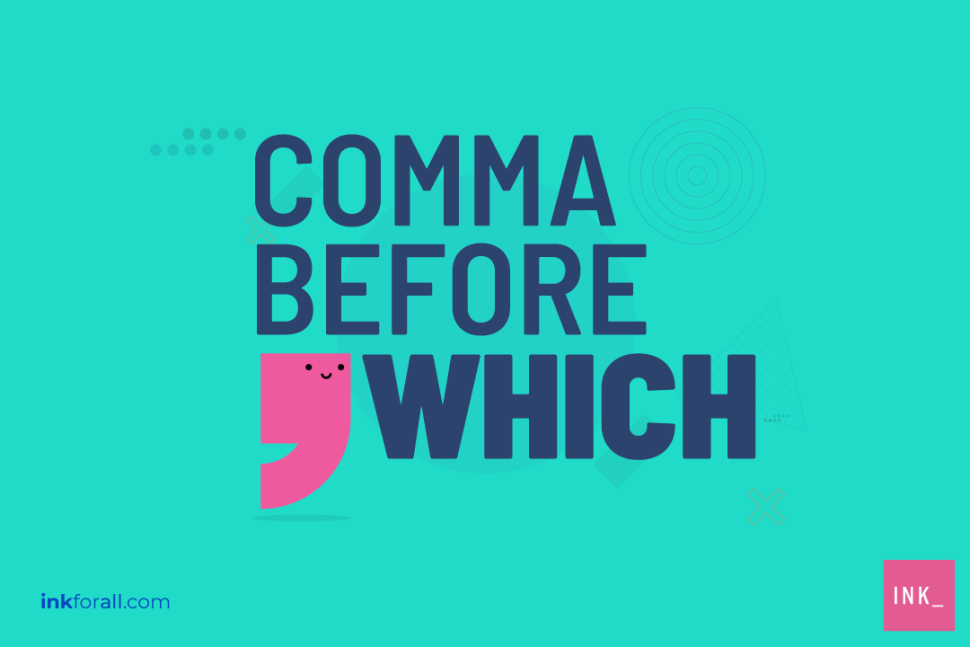

Should Which Always Be Preceded By a Comma?
The quick answer to this question is no. A comma should always precede which when it introduces a nonrestrictive clause. Otherwise, don’t place a comma prior to which.
There are several other ways that which can be used in a sentence. None of the following ways require a comma before which.
1. When Which Is Used in Prepositional Phrases.
Sometimes which forms part of a prepositional phrase. A prepositional phrase includes a preposition and a noun or pronoun that serves as the object of the preposition. It may also include adjectives that modify the object.
When which appears in prepositional phrases, it’s typically paired with a preposition.
- in which
- on which
- during which
- after which
- from which
When used this way, you don’t need a comma before the which.
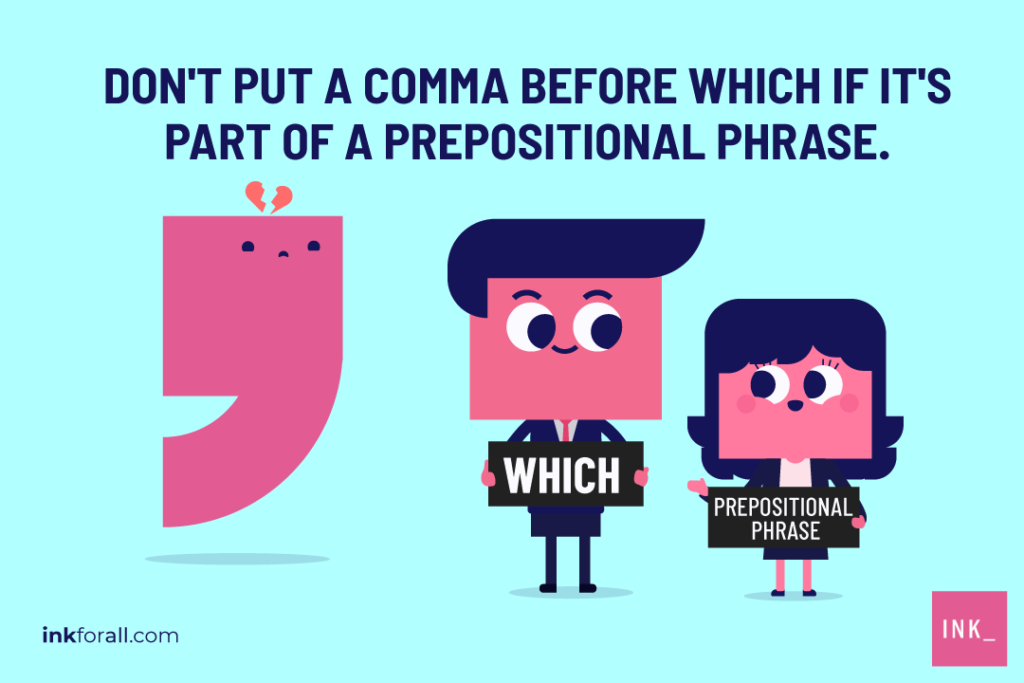

2. When Which Forms a Question
Since sentences never begin with commas, it should go without saying that you don’t need one before which when it starts a sentence.
After all, it would look pretty strange if it was written as:
There is, however, another potential scenario when which forms a question. That’s the indirect question. In this scenario, a question is implied rather than asked outright. There is no question mark at the end of the sentence in indirect questions (unless they’re embedded in another question).
Essentially, both examples are asking about what items are on sale. One asks directly, while the other poses the question indirectly.
Comma After Which
Some grammarians believe that a comma can be used after which for reasons of style.
You’ll notice here that by adding a comma after the which, you end up with commas before and after it. This can lead to a choppy sentence. In this case, rephrasing may be the better option.
That vs. Which: Picking the Right Word
When learning how to punctuate a sentence using the word which, it’s important to understand when which isn’t the right word at all.
One Rule to Guide Them All
It’s easy to get tangled up choosing between that and which, but there’s a simple rule for picking the right word. That is used with restrictive clauses. Which is used with nonrestrictive clauses.
Restrictive Clauses
The restrictive clause in this sentence, “that are well-trained,” modifies the noun—in this case, dogs. This clause narrows it down to a specific category of dogs: well-trained dogs. You can’t remove the clause without altering the sentence’s essential meaning. That makes it a restrictive clause.
When used this way, there’s no need to place a comma before that.
Nonrestrictive Clauses
The nonrestrictive clause, “which Amy got from a rescue,” adds interesting information and context to the noun, dog. However, you can remove the clause from the sentence without changing the meaning.
No Comma Drama
Punctuating sentences can be challenging, and even experienced writers and grammarians often struggle with proper placement of commas. Remembering simple rules of usage can take the drama out of comma placement, letting the meaning of your sentences come through loud and clear.
Quick Comma Before Which Grammar Quiz
Comma Before Which Question #1
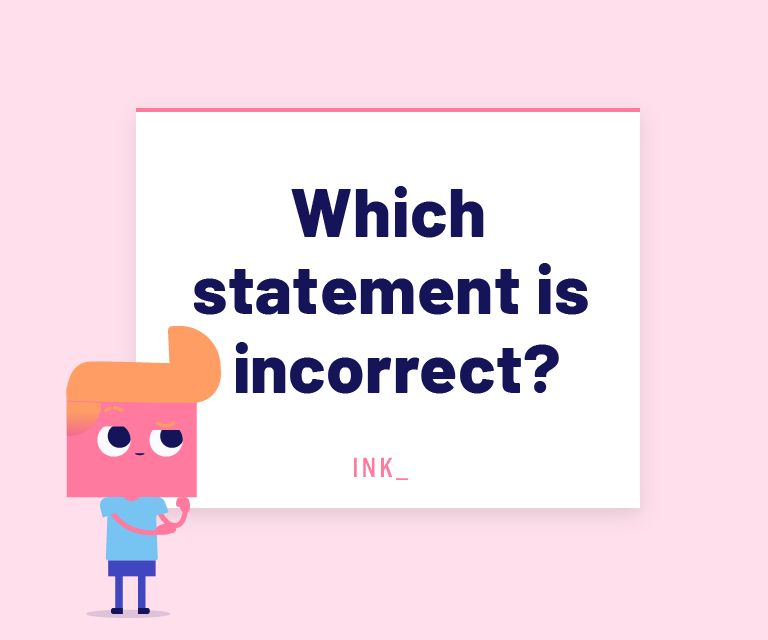

The answer is B. You should use a comma before “which” when it precedes a nonrestrictive clause.
Comma Which Question #2
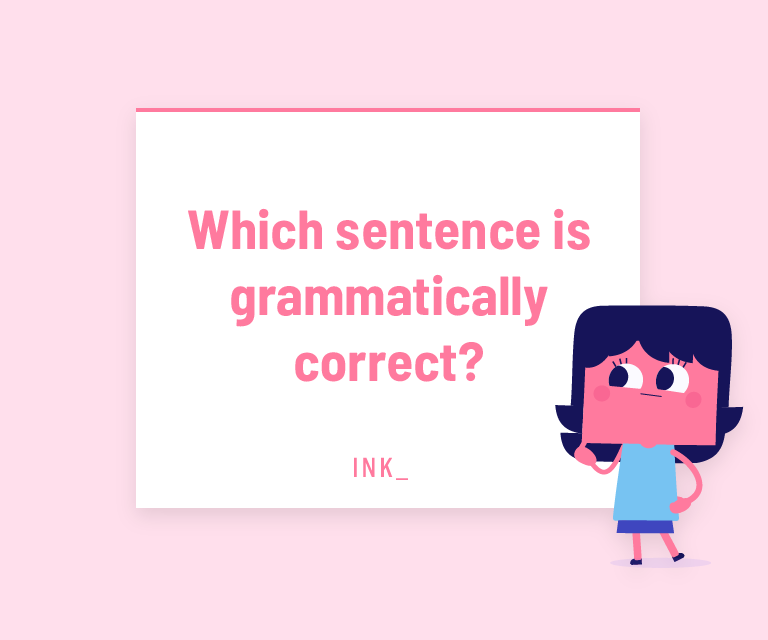

The answer is A. "That" is used with restrictive clauses, while "which" is used with nonrestrictive clauses.
Comma Before Which Question #3
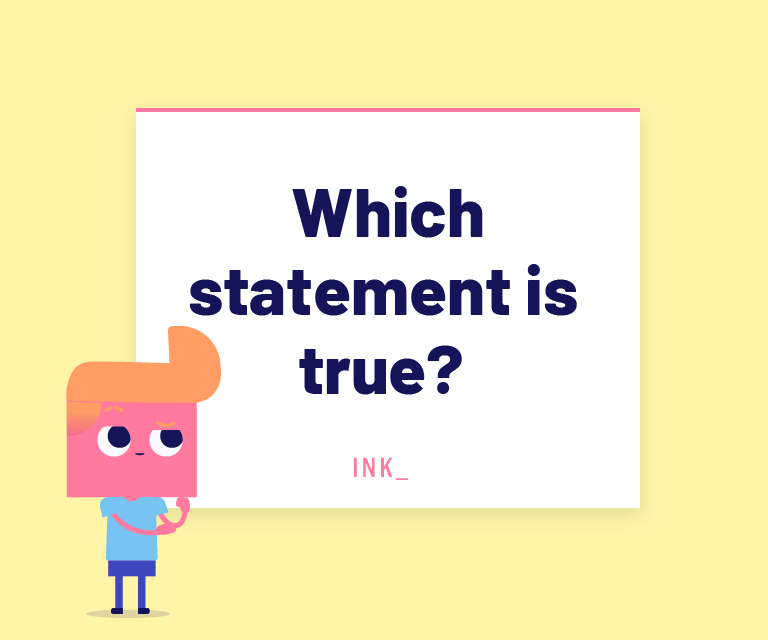

The answer is A. Restrictive clauses can't be removed from a sentence without altering the meaning.
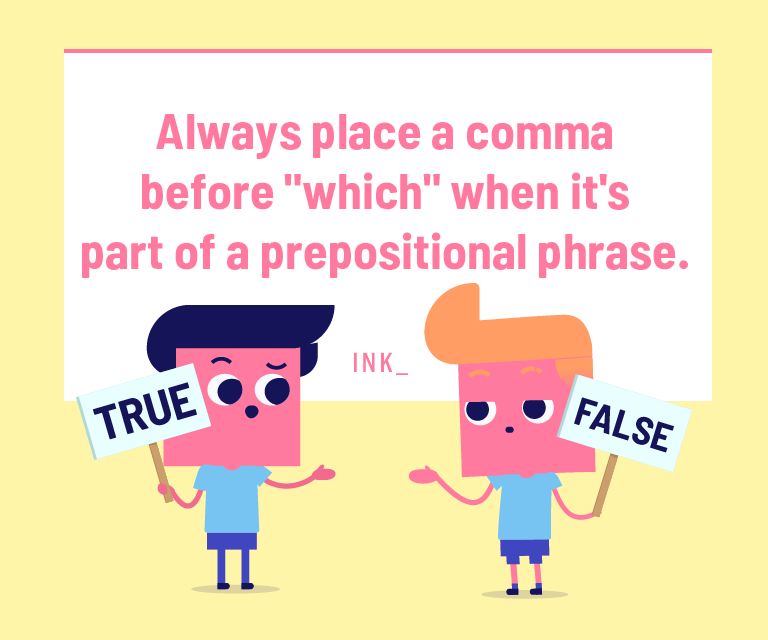

The answer is FALSE. When "which" appears in prepositional phrases, you don't need a comma before the "which."
